Best Easy Peanut Butter Cookies: The Real Traditional Recipe
Peanut butter cookies, a classic treat beloved by many, have captivated the hearts of dessert enthusiasts for generations. This article delves into the traditional recipe for easy peanut butter cookies while exploring their historical significance, benefits of key ingredients, possible variations, and much more.
Why is Peanut Butter Used in Peanut Butter Cookies?
Peanut butter stands as the signature ingredient in peanut butter cookies, providing not only a delicious nutty flavor but also an array of functional properties critical to the recipe’s success.
The Benefits and Culinary History of Peanut Butter
Peanut butter has a storied history, originating from South America and becoming popularized in the United States in the late 19th century. Packed with protein, healthy fats, and essential vitamins and minerals, peanut butter contributes to both the flavor and nutritional profile of cookies. The fats in peanut butter help create a pleasantly chewy texture, while its natural sweetness permits the reduction of added sugars in recipes.
Possible Alternatives to Replace Peanut Butter
While peanut butter is traditional, there are several alternatives for those with allergies or dietary restrictions. Consider using almond butter, sunflower seed butter, or cashew butter. These alternatives can usually match peanut butter’s texture and taste, though adjustments may be needed for flavor and sweetness.
Ingredients in Peanut Butter Cookies
The simplicity of peanut butter cookies is one of their charms. The ingredients are minimal and straightforward, making them an accessible option for bakers of all levels.
Basic Products
- Peanut Butter: Use creamy or crunchy depending on your texture preference.
- Granulated Sugar: Provides sweetness that balances the flavor of peanut butter.
- Brown Sugar: Adds moisture and depth through its molasses content.
- Egg: Acts as a binder, holding all ingredients together.
- All-Purpose Flour: Offers structure to the cookies.
- Baking Soda: A leavening agent that helps cookies rise.
Essential Seasonings or Add-ins
- Vanilla Extract: Enhances the overall flavor profile.
- Salt: Balances sweetness and accentuates the nutty flavors.
- Chocolate Chips or Nuts (optional): Incorporate for an added texture and flavor dimension.
Preparation of Peanut Butter Cookies
Creating peanut butter cookies is a straightforward process. Following these steps will help you produce delightful cookies that melt in your mouth.
Step 1 – Preparing the Ingredients
Begin by gathering and measuring all ingredients precisely. This step ensures that you won’t be scrambling mid-recipe. Preheat your oven to 350°F (175°C) to ensure it reaches an optimal baking temperature as you prepare your cookie mixture.
Step 2 – Pre-Cooking or Special Preparation
If using natural peanut butter, it’s often advisable to stir the oil back in, making it smooth and creamy. This ensures an even consistency throughout the mixture. Furthermore, let the egg reach room temperature for better integration into the cookie dough.
Step 3 – Mixing and Assembling
In a large mixing bowl, combine the peanut butter, granulated sugar, brown sugar, and egg. Beat these ingredients together until smooth. Gradually add in the flour, baking soda, and salt, mixing until just combined. If desired, fold in chocolate chips or nuts at this stage.
Step 4 – Cooking and Finishing
Using a cookie scoop or tablespoon, drop heaping scoops of dough onto a parchment-lined baking sheet. Flatten each scoop with a fork, creating the crisscross pattern that is iconic for peanut butter cookies. Bake for 10-12 minutes or until edges turn golden. Allow them to cool on a wire rack, and savor the sweet aroma.
Variations and Adaptations of Peanut Butter Cookies
Peanut butter cookies can be easily adapted to create a variety of flavors and textures, appealing to a broader audience.
Regional or Traditional Version
Some variations include adding spices like cinnamon or nutmeg, which can give a slight warmth and complexity to the taste. Furthermore, certain regional recipes might feature different types of nut butters or even the addition of coconut.
Modern or Revisited Version
With the rise of dietary preferences such as gluten-free, recipes have emerged that utilize gluten-free flour blends. Additionally, vegan adaptations can replace eggs with flaxseed meal or applesauce, still yielding a deliciously satisfying cookie.
Adaptations to Suit Your Tastes
Consider customizing your cookies by adjusting the sweetness or incorporating additional flavors. You may experiment with alternative sweeteners like honey or maple syrup, or even add a pinch of cayenne for a surprising kick.
Frequently Asked Questions about Peanut Butter Cookies
Q: Can I use natural peanut butter?
A: Yes, natural peanut butter can be used, but ensure it’s mixed thoroughly and consistent in texture to avoid crumbling.
Q: How can I store my peanut butter cookies?
A: Store cookies in an airtight container at room temperature for up to one week. For longer storage, consider freezing them.
Q: Are peanut butter cookies gluten-free?
A: Traditional recipes contain all-purpose flour; however, gluten-free alternatives can be used to adapt the recipe accordingly.
Q: Can I replace sugar with a sugar substitute?
A: Yes, sugar substitutes can be used, though it may change the texture and flavor. Be sure to follow the conversion guidelines provided by the substitute manufacturer.
Q: How do I prevent my cookies from flattening too much?
A: Make sure to chill the dough for at least 30 minutes before baking. This helps the cookies maintain their shape during baking.
In conclusion, easy peanut butter cookies not only satisfy the sweet tooth but also carry a wealth of history and adaptability. Whether enjoyed in their classic form or with a twist to suit modern dietary preferences, they remain a beloved staple in the realm of homemade treats. Happy baking!

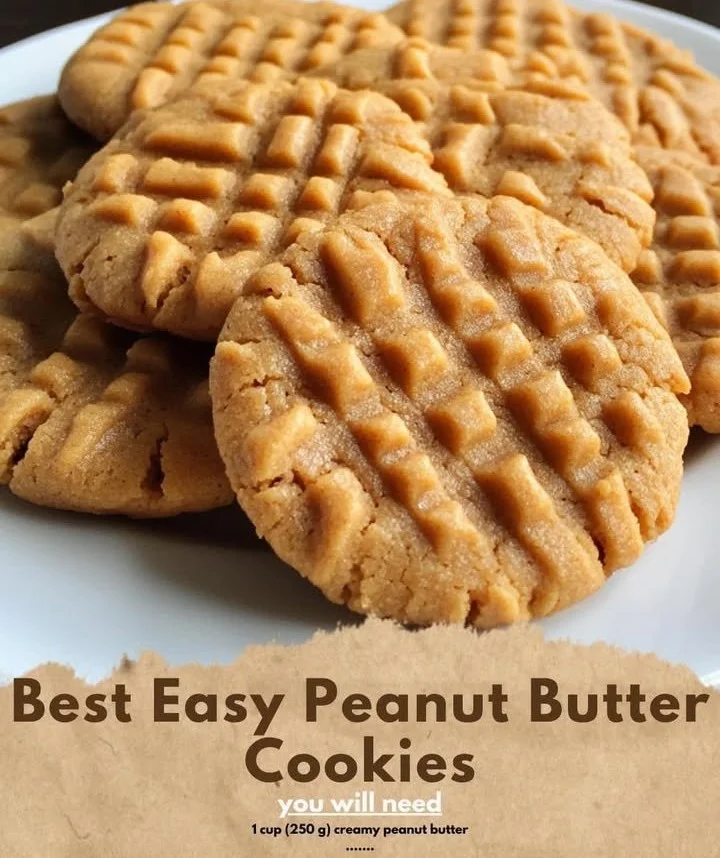


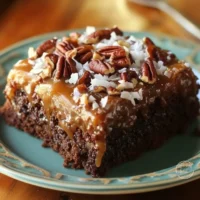
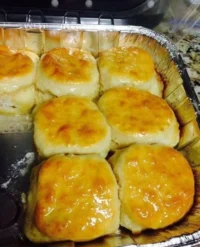
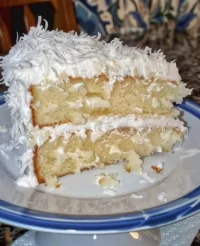
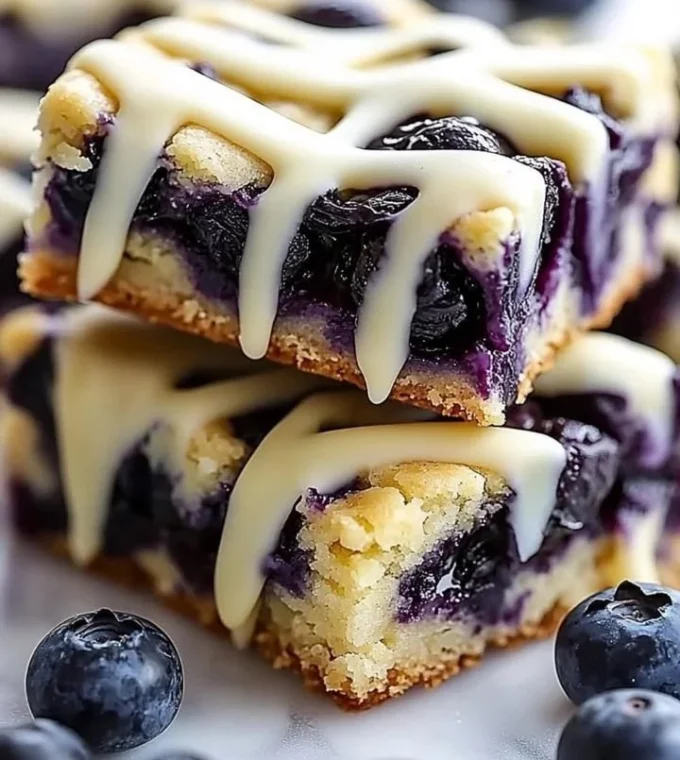
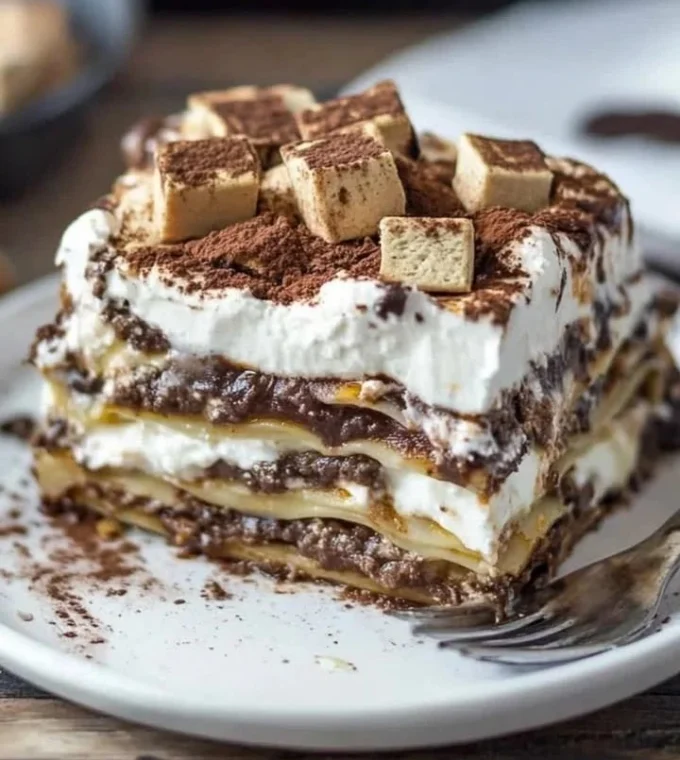
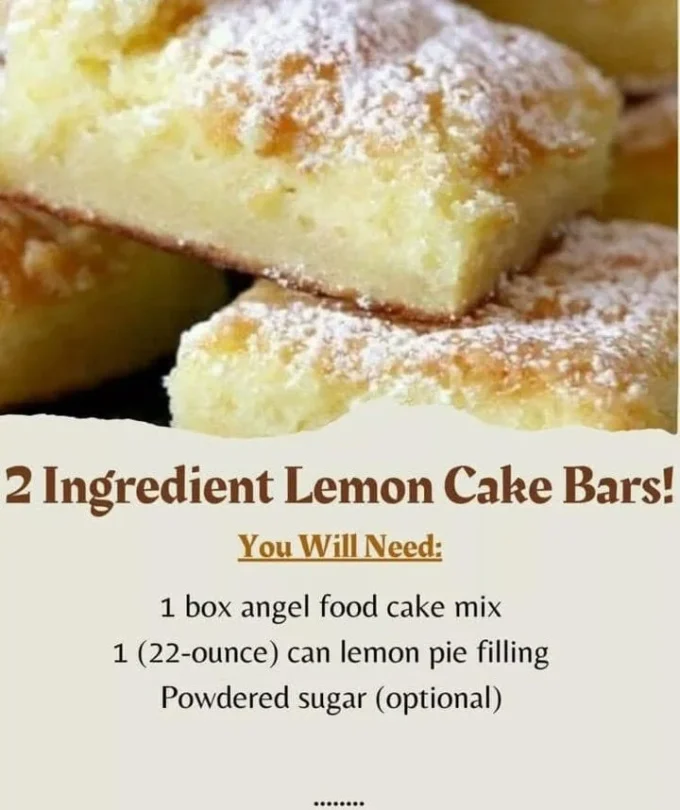
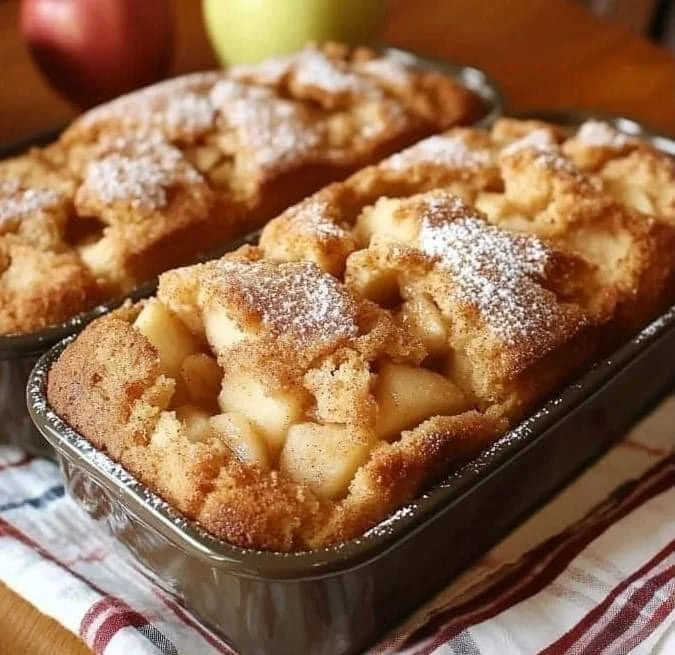
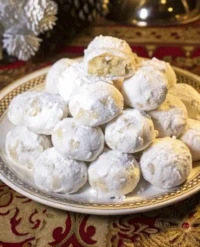

Leave a comment